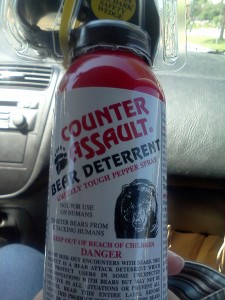Last weekend we made an impromptu trip to the San Juan Islands, an archipelago located between Washington state and Vancouver Island, Canada. There aren’t any bridges connecting the mainland to the San Juan Islands, so the only way you can get there is via ferry or airplane.
We opted for the ferry, and when we arrived at the loading terminal were met with this considerably long line:
Thankfully the ships are enormous and can hold a very large amount of cars, so we got on the earlier ferry and didn’t have to wait an additional two hours. Pricewise, the ferry is a pretty good deal. It was under $80 for roundtrip transportation of the car and an additional passenger.

The ferry ride itself is the worth the trip to the San Juans. Leave your car while the ferry is underway and head to the topside for some amazing views.







Mt. Baker


Approaching Friday Harbor
We chose to stay on San Juan Island. No particular reason why, it was just the first one that came to mind. After an approximately hour long ferry ride, we arrived in Friday Harbor. Friday Harbor is the largest town in the San Juan Islands, and the commercial hub of the archipelago, yet it still remains a quaint island town with a little over 2000 residents.
All of the hotels in Friday Harbor were booked solid (and those that weren’t were going for $250 per night) so we opted to camp instead. A quick Google search directed us to Lakedale Resort, which had available campsites for $45 per night. Quite extortionate for a campsite when compared to state and national campgrounds, but there aren’t many options on San Juan Island.

On Saturday morning were up early to start a full day exploration of the island (after a camp breakfast of bacon and eggs, of course). Our first stop was the English camp, which was built by the British in 1859 after the killing of a pig. Yes, a pig. The “Pig War” was an interesting piece of history that I had been completely unaware of until this visit. For more on the Pig War and subsequent showdown between British and American forces, check out this Wikipedia article.


Garden at the British camp


Driving south of the British camp…


Olympic mountain range off in the distance
And further south to the American camp. This is Cattle Point:




Cattle Point Lighthouse




Out here in the Pacific Northwest we don’t have very sandy beaches, so you have to entertain yourself by building stuff with driftwood, which we have plenty of.
We also went on a whale watching cruise, but we didn’t actually see any whales (so it goes). Thankfully we can go back in the future and take the cruise again for free. But we did see some more of the islands:

And this random Chinese junk boat:

And Mount Baker:

After the unsuccessful whale watching cruise we drove back to camp and sat around the fire drinking beer and eating hot dogs and smores.
The next morning we got up early and headed back to the mainland via ferry.



This was a nice, relaxing weekend and great escape from the city. We definitely plan on returning to the San Juans.
The rest of the photos are here.
